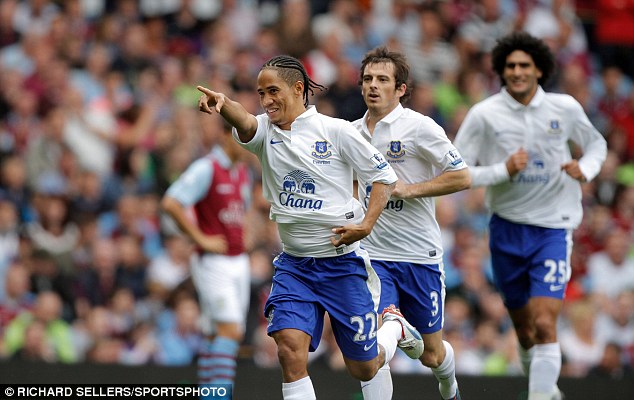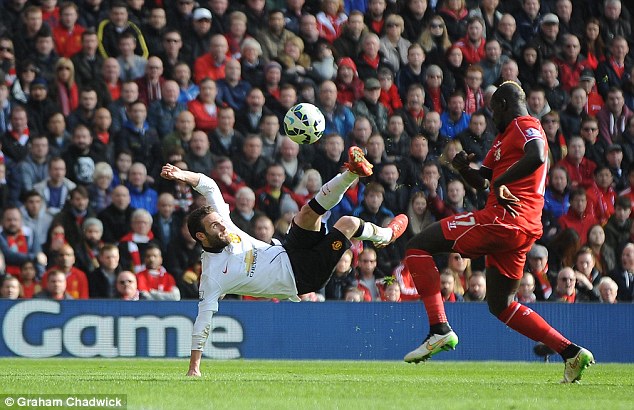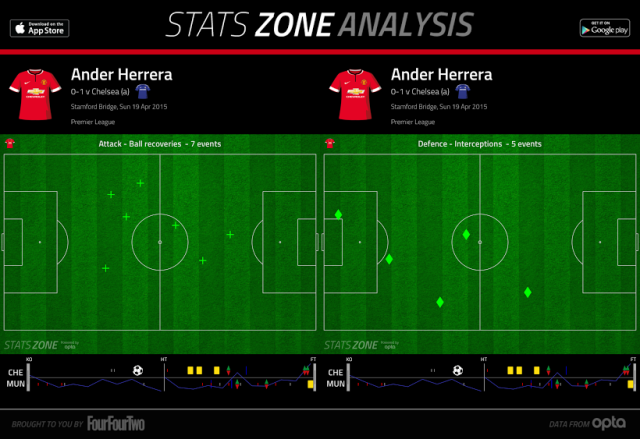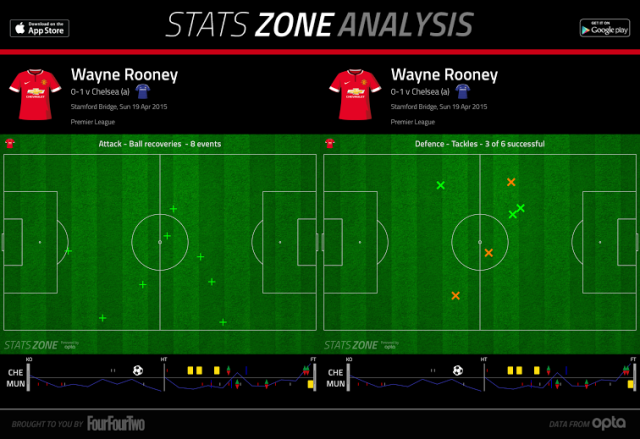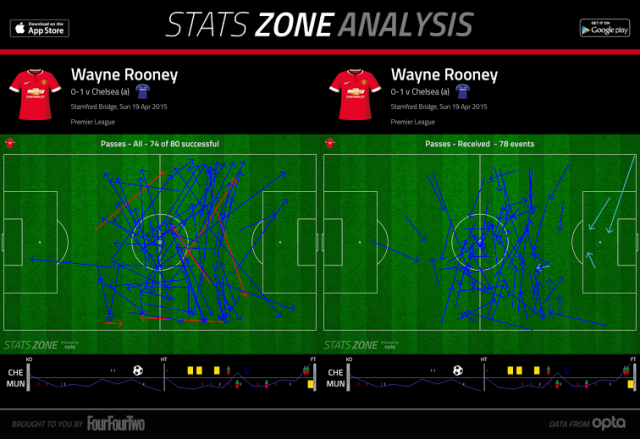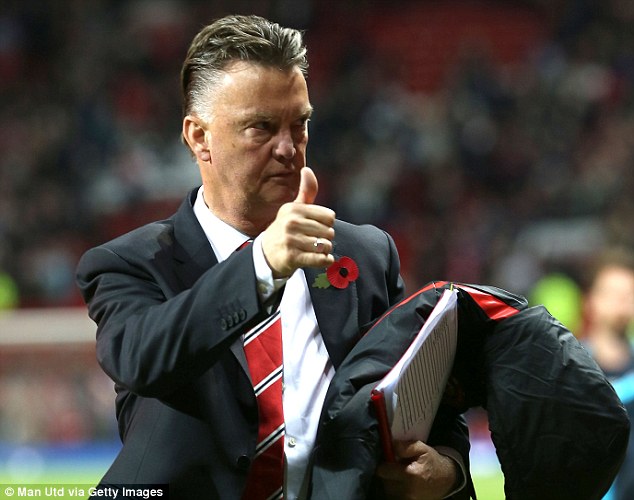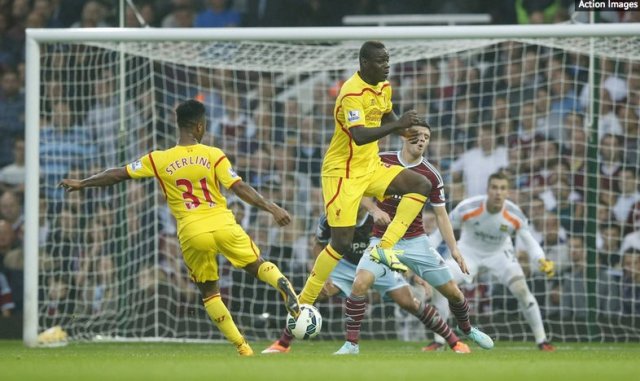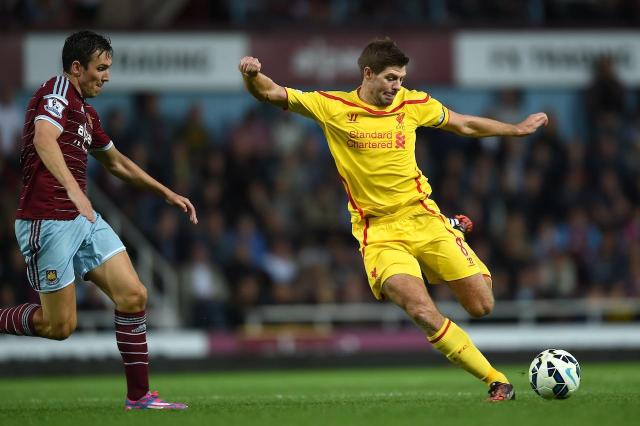It has been one and a half months since Liverpool beat Middlesbrough 3-0 to clinch a spot in the final qualifying round of the 2017/2018 Champions League. While there was an overriding mixture of relief and satisfaction with the club achieving its primary target of a top-four position, the post-season has given way to fans’ feelings of unfiltered frustration – especially in relation to transfers.
Such feelings were provoked by the unprecedented public apology from Liverpool to Southampton regarding the former’s conduct in the transfer approach of Virgil van Dijk. This incident has triggered fans’ memories of past transfer botch ups where Liverpool could not seem to get deals over the line for the players they wanted. It has also caused disillusionment with Liverpool’s American owners and their perceived unwillingness to splash the cash, as well as criticism towards the so-called transfer committee, to resurface once again with the fanbase.
Yet if Liverpool fans look at the bigger picture, they should be pleasantly excited for this upcoming transfer window.
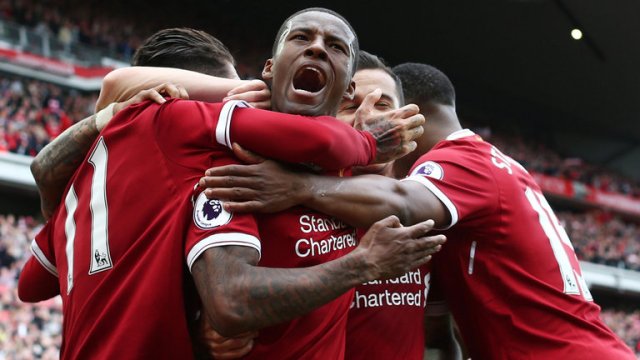
Wijnaldum opens the scoring against Middlesbrough
Firstly, it is easy to get swept away in the negativity of a collapsed transfer after weeks of rumbling rumours building to feverish suspense. It is also easy to forget that other clubs do mess transfers up too – a prime instance being Tottenham who thought they had snatched Willian from under Liverpool’s noses only for Chelsea to do the same to them.
Chelsea themselves experienced a difficult transfer window last summer when they were forced to abandon pursuits of Antonio Conte’s top targets in Kalidou Koulibaly and Radja Nainggolan, before they powered on to win the Premier League with significant contributions from ‘deadline-day panic signings’ David Luiz and Marcos Alonso.
These examples serve as good reminders to Liverpool fans that such problems are not unique to Liverpool, and that failing to land first-choice targets do not necessarily lead to disastrous seasons. Indeed, Liverpool began last season without Mario Götze and Piotr Zieliński, but nonetheless enjoyed a remarkably fruitful summer transfer window.
Successful Summer Signings
Sadio Mané was the unanimous star who added speed and cutting edge, ending the season as Liverpool’s joint-top scorer, producing 13 goals. Gini Wijnaldum’s understated displays in midfield helped him quietly top Liverpool’s league assist charts with nine. Joël Matip proved himself to be Liverpool’s best defender both with and without the ball, though his injury record is a slight worry.

Matip providing an aerial presence in defence
Loris Karius was the final signing expected to challenge for a spot in the starting XI, and though his brief run in the team was riddled with errors, the young goalkeeper’s arrival provided some much-needed competition and arguably spurred Simon Mignolet into his best form in a Liverpool jersey. All four of the above signings also added some much-needed height, strength and physicality to a Liverpool team that had previously often looked lightweight, slight, and easily bullied.
Ragnar Klavan and Alex Manninger were brought in to provide backup and mentorship respectively, though the Estonia captain probably made the starting line-up a little too often (15 league starts) for Jurgen Klopp’s liking because of injuries to Dejan Lovren and Matip. Marko Grujić returned from loan and missed most of the season through injury, but he was always more of an up-and-coming youngster at 21 years old rather than a firm fixture in the starting XI.
In other words, there is very little to complain about the club’s signings last season, as the majority of them played critical roles helping Liverpool to Champions League qualification.
January Transfer Window
Probably the only notable complaint fans had was the lack of investment in January when Mané headed to the African Cup of Nations, leading to the unravelling of Liverpool’s title challenge.
However, it is unfair to blame Klopp heavily for this. The title bid surely came ahead of everyone’s expectations and Klopp can hardly be held responsible for not having an adequate backup for Mané – Liverpool’s player of the season and a player who had only just joined the club.
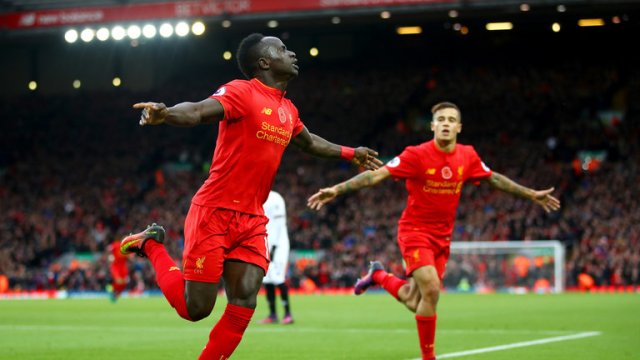
Mané: free-scoring signing
The Liverpool manager also explained his decision not to buy in January was not down to a lack of trying, but that the right player was not available midseason. While fans often only consider the playing attributes of prospective signings, there is always a need to evaluate the players’ character and integration into the squad, as well as the financial impact on the budget.
I for one support Klopp attempting to bring in his preferred signings, rather than simply adding a player he did not have trust and potentially waste the money. If it meant waiting till this summer, then so be it.
My backing stems from Klopp having established himself a capable builder of squads from his successful stint at Borussia Dortmund – a process that takes time, patience, and gradual improvements. He has already kickstarted something similar with Liverpool, as the rewards of last summer’s transfers have proven.
This Summer So Far
This summer, the acquisition of Dominic Solanke represents a clever bit of low-risk business for a young prospect who has since won the 2017 FIFA U-20 World Cup and was recognised as the competition’s best player with the Golden Ball award, while the capture of Mohamed Salah looks a brilliant purchase that has rightly excited fans.
Salah’s record-breaking fee demonstrates the owners’ and Klopp’s willingness to spend on the correct player(s). That Liverpool are prepared to break their transfer record more than once within this transfer window, speaks volumes of the desire to raise the team’s quality with players like Salah who are ready to slot into the starting XI immediately.
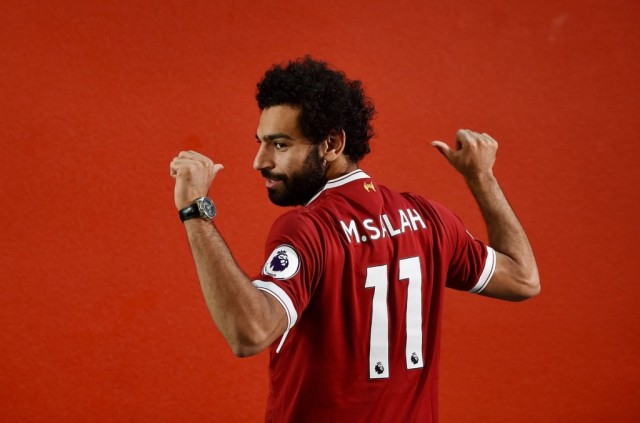
#AnnounceSalah
Furthermore, the elite level of players who Liverpool have been strongly linked to – van Dijk, Naby Keita and Kylian Mbappé (scouting reports in the links) – show that the Reds are back in the premier end of European football and not just spending huge sums on riskier players – think Andy Carroll.
Regardless of the apology, Liverpool remain van Dijk’s preferred destination, beating off interest from domestic rivals and perennial Champions League participants Chelsea and Manchester City. Keita was a fundamental part of RB Leipzig’s success, and was voted the second-best player in the Bundesliga last season by his peers (only Robert Lewandowski received more votes than him).
A move to Merseyside for Mbappé remains highly unlikely, but Liverpool’s presence at the table of interest for one of the world’s hottest young strikers indicates the club’s growing attraction for top players, with Klopp’s charisma leading the charge.
Looking Forward
Liverpool’s current standing is a far cry from the last time they qualified for the Champions League: Brendan Rodgers’ side fully exploited the sublime gifts of Luis Suarez, but the club was thoroughly ill-equipped to capitalise on their Champions League status after the flash-in-the-pan title challenge, Suarez’s departure, and the internal conflict between Rodgers and the transfer committee.
In contrast, Liverpool today have been building towards steady, sustainable progress under guidance of their world-class manager, and do not look vulnerable to losing any of their key players. The owners have backed Klopp with funds to spend, Klopp himself has publicly stated his satisfaction at working with the transfer committee, and they have formed a partnership that, despite some blunders, has by and large been successful in their short time together so far.

World-class manager
That does not guarantee Liverpool a 100% success record in the transfer market, but should give fans comfort that the methodology of identifying acquisitions looks reasonably robust, that there is co-operation between manager and other recruitment staff, and that on the whole, the club is progressing in the right direction.
The transfer window is open, time to enjoy the ride.

